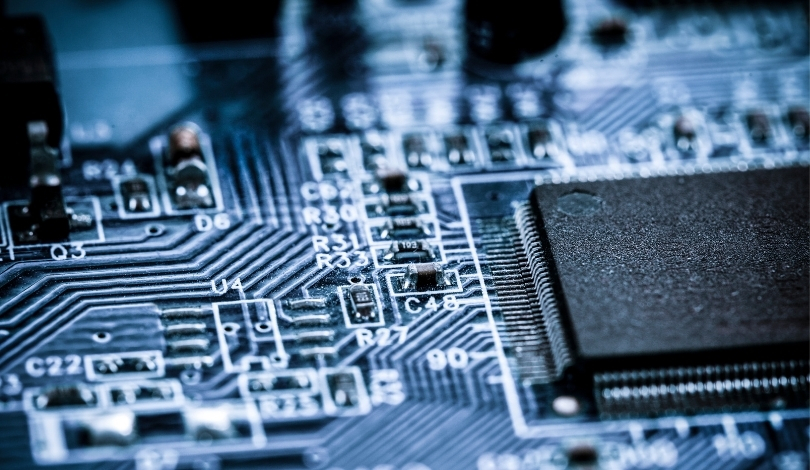The landscape of portable gaming devices may undergo a significant shift as Intel’s upcoming Lunar Lake CPUs emerge as potential powerhouses for the next generation of gaming handhelds. These CPUs, known for their enhanced performance and energy efficiency, could address the growing demands of gamers seeking high-quality graphics and seamless gameplay on the go. Industry experts are monitoring Intel’s developments closely, anticipating how these processors might influence the competitive market of handheld gaming consoles.
Previously, gaming handhelds have primarily relied on mobile processors from various manufacturers. The integration of Intel’s Lunar Lake CPUs represents a strategic move that could differentiate future devices in terms of performance and user experience. The transition to Intel-powered systems may also open avenues for collaboration between hardware and game developers, optimizing titles specifically for these new processors.
What Advantages Do Lunar Lake CPUs Offer?
Lunar Lake CPUs are designed to provide superior processing power while maintaining low energy consumption, crucial for the portability of gaming handhelds. Their architecture supports advanced graphics capabilities, which could enable more detailed and immersive gaming environments on smaller screens.
How Will Manufacturers Integrate These CPUs?
Device manufacturers are exploring various integration strategies for Lunar Lake processors, considering factors such as thermal management, battery life, and overall device design. Early collaborations suggest that partnerships between Intel and leading handheld brands could streamline the adoption process, ensuring that the CPUs are optimally utilized.
What Impact Could This Have on the Gaming Market?
The incorporation of Intel’s Lunar Lake CPUs into gaming handhelds could shift market dynamics by offering a new standard of performance. Consumers may experience enhanced gaming experiences, potentially driving sales and encouraging further innovation within the portable gaming sector.
The introduction of Intel’s Lunar Lake CPUs into the gaming handheld market signifies a possible evolution in mobile gaming technology. By leveraging these advanced processors, manufacturers may deliver devices that meet the increasing expectations of gamers for high performance and portability. This development could lead to a more competitive landscape, with significant implications for both producers and consumers in the gaming industry.










